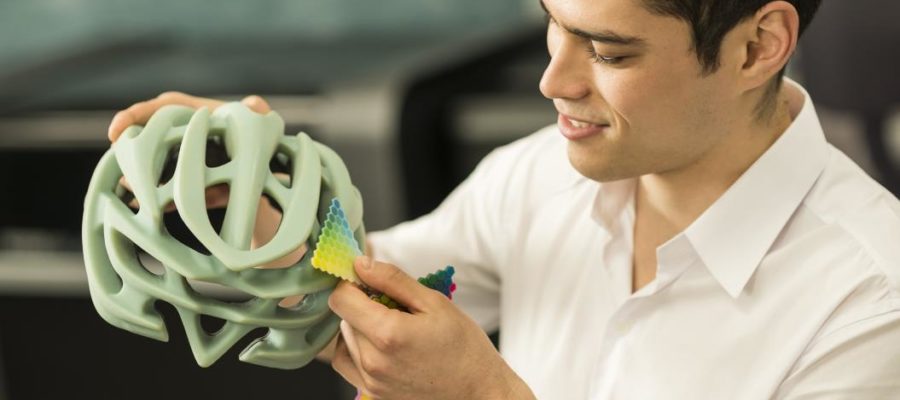For entrepreneurs, start-ups and small businesses who want to acquire 3D printing technologies for the advantages they offer over traditional manufacturing, the terminology they need to be familiar with can be confusing.
Just knowing the nine different types of 3D printers, from stereolithography (SLA) printers, to selective laser sintering (SLS) printers, takes a bit of a learning curve.
After that, you need to figure out what’s meant by some of the terms associated with 3D printing, like additive manufacturing technology.
3D Printing & Rapid Prototyping
If there is one term that may cause more confusion than others, it is “rapid prototyping”. To get a better understanding of the difference between “rapid prototyping and “3D printing”, it helps to take a closer look at some other 3D printing terminology.
- Additive Manufacturing vs Subtractive Manufacturing – Traditional manufacturing is also called subtractive manufacturing because the material is removed (subtracted) through CNC machining processes like drilling or milling, to make a product or part. In additive manufacturing, which is made possible by 3D printing, the material is added layer by layer until a product or part is created.
- Additive Manufacturing vs 3D printing – As 3D printing is the only additive manufacturing process, the terms “3D printing” and “additive manufacturing” are often used interchangeably. 3D printing is additive manufacturing. But there is a difference in usage. 3D printing is the more common term used by the public and the media. Additive manufacturing is more commonly used in industries that manufacture and use 3D printers.
- 3D Printing vs Rapid Prototyping – Of all the benefits of 3D printing, including greater design flexibility and the ease of creating customized product iterations, rapid prototyping may be one of the most crucial. Product development cycles must be minimized for businesses to remain competitive. As the only rapid prototyping technology, 3D printing helps optimize design and development processes to get your product to market faster.
To learn more about the advantages of 3D printing in manufacturing, check out our article “How 3D Printing is Transforming Manufacturing”.
